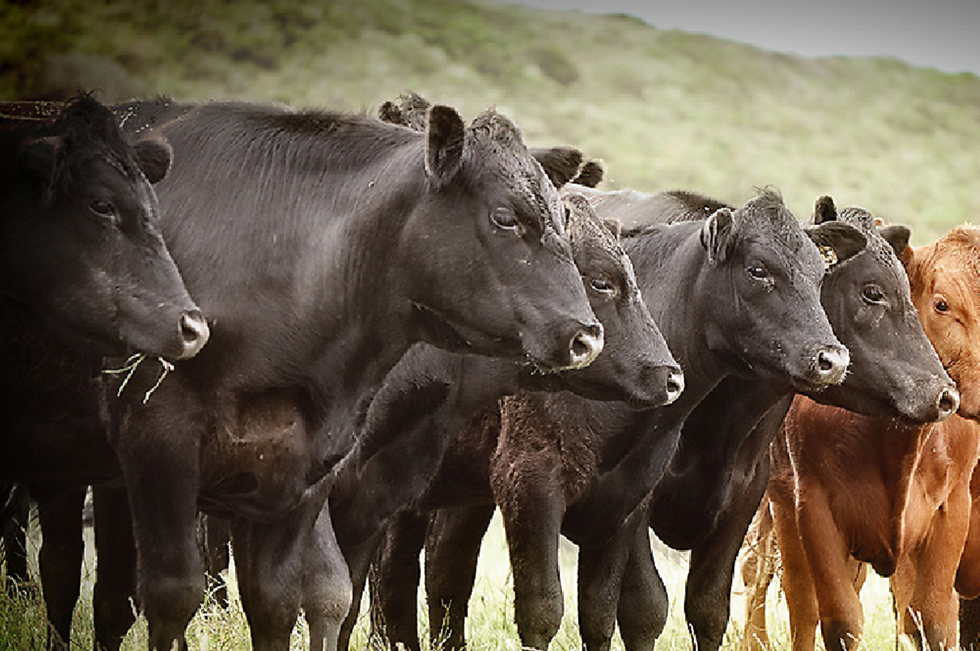George Washington once said, “I’d rather be on my farm than emperor of the world.”
So, if you find yourself asking, “Where’s the beef,” look no further than Sandy Acres Simmental of Neligh, Nebraska. Almost a half of century is dedicated to the cattle on Sandy Acres Simmental involving two generations of hard work, sweat and blood.
Leonard Miller has devoted himself to cattle for most of his life after serving in the Air Force and returning to the family farm. Now, his daughter Melanie is back to take it over after pastoring churches for 22 years. Mark Miller, Leonard’s son, is also an indispensable part of the ranch. At the end of the day, if a cow has received proper care, attention and nutrients than the Miller’s have done something right.
“It’s what our parents and grandparents taught us,” points out Leonard. “My dad always said, ‘It takes a lifetime to breed an excellent, productive herd of cows.’”
Their goal? To raise powerful cattle with an emphasis on maternal excellence, growth and calving ease.
“We feed the world,” says Melanie. “It’s a great combination of being self-employed and digging into the great cattle breeding traditions but also availing yourself of new technologies.”
A producer can play a significant part in protecting the environment and conserving natural resources. While a single cow can produce about 70 to 120 kilograms of methane, it can also return nutrients back to the soil by returning carbon and maintaining pasture health.
Beef is at the heart of Nebraska’s economy where Cherry, Custer, and Holt counties hold the top three spots in the United States for cattle production. Nearly 265,000 cattle are accounted for in those three counties making four times as many cattle in Nebraska than people accounting for 6.64 million cattle in the only 1.8 million populated state.
Along with being a significant source of lean protein, beef is a valuable asset to the human diet providing nutrients like iron, zinc and B vitamins.
“As a retired pastor, I spent 22 years feeding people spiritually. Now I’m feeding them in a new way,” says Melanie.
While raising their own beef to eat is a great benefit for the Miller’s, their cow-calf operation also has the advantages of calving season. The first, new baby is always an exciting thrill for beef producers and spring brings a new beginning for the pairs of cattle to go out to grass.
But, inclement weather also brings trouble for producers as battling the conditions of freezing snow and mud isn’t fun. Other challenges that face the cattle industry include the unstable markets, trade agreements with other countries, and COOL or country of origin labeling. If put in place, this will allow consumers to know where the beef they buy orginates from.
“COOL is absolutely crucial! When you go to the grocery store we want you to know that you’re not buying beef from South America,” comments Melanie. “We want American beef producers and consumers to benefit from the label of origin.”
The Miller’s also point out that education is crucial for consumers and future producers. By reading and observing, one can learn about genetics and decipher facts from the craze.
Beef is the second largest segment of agriculture in the U.S. economy next to chicken. This accounts for 32.2 million cattle being processed according to the meat institute. The cattle industry is essential for Nebraska’s and the United States’ economy. So, sit down and enjoy a nutritious plate of beef tonight. Afterall, “Beef, it’s what’s for dinner.”
















